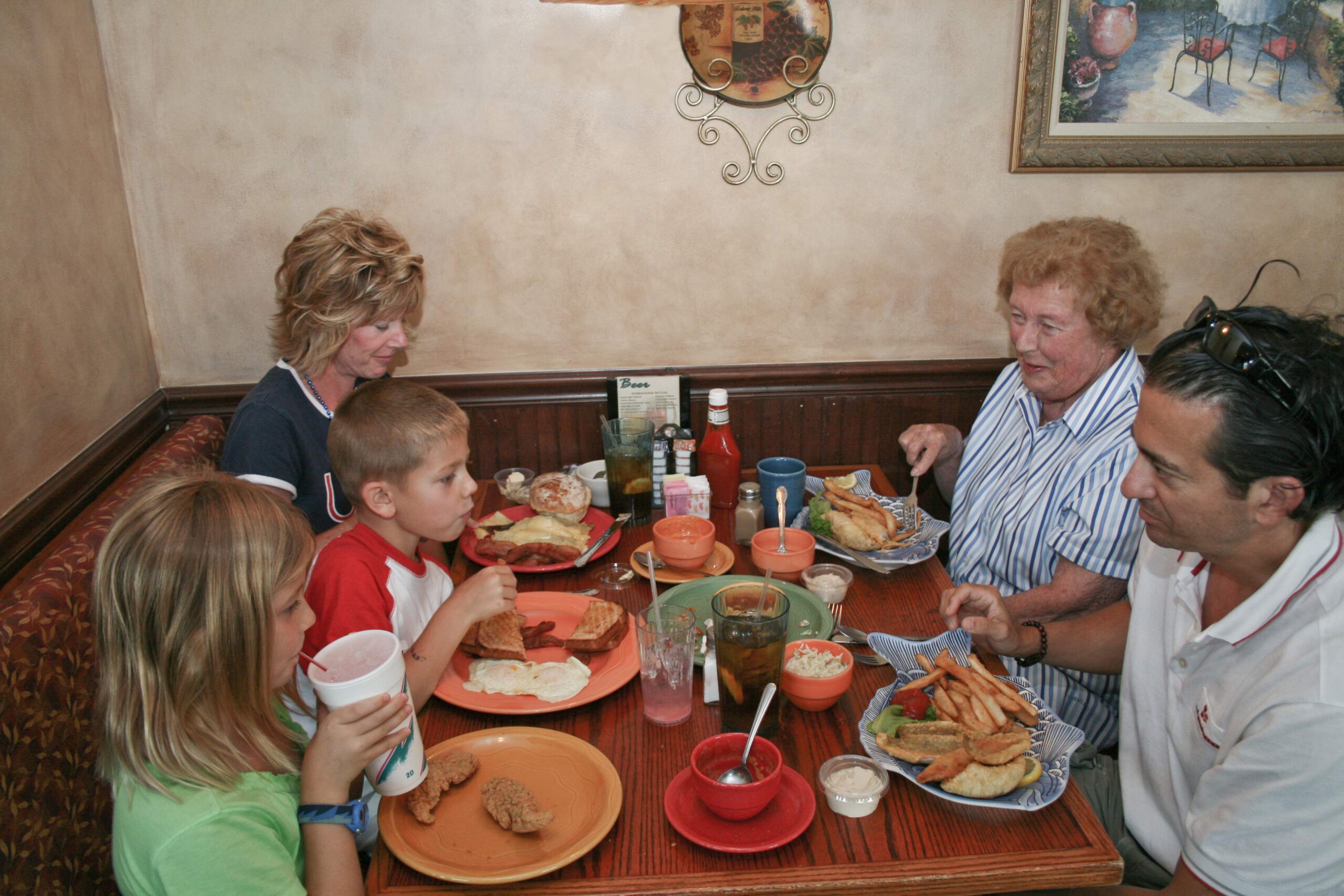Believe it or not, children are starting to shift towards healthier eating habits and a desire for ethnic foods.
This is according to a comparative review of surveys done recently by Y-Pulse, LLC, a research and consulting firm in Chicago.
And what’s more, kids love eating at restaurants with table service, says Sharon Olson, co-founder of Y-Pulse.
“They like the service, they like the variety on the menu and they like the time with their family—it’s almost like bringing the family meal into the restaurant. They also love their mom’s cooking, but they like the restaurant more.”
This bodes well for restaurants, so it’s important to have the right options on a kids menu.
By middle school, which is the age Y-Pulse looked at, children start to want more grown-up food.
Kids are eating and liking vegetables,” Olson explains. “And you see a parallel to what they’re seeing in schools—more vegetables and more salad bars. Some of what they like probably comes down to exposure and experience. They’re saying more and more that they like salads.”
Despite this, the old standbys continue to top kids’ lists of favorite foods, and often what they say they want is not what they choose. In fact, chicken fingers and pizza are perennial favorites, with more than 50 percent of children saying they choose those menu items one to two times a week at school.
Ideally, restaurants should offer these favorites but with some healthier alternatives, Olson says. The chicken could be served with a side salad, or the pizza topped with vegetables.
“Menus should have choices for the kids. Put things on there that they like and offer a choice of sides. Put a salad and fries so they don’t feel something’s being withheld from them. You’re empowering them to make a choice. These kids have had a lot of nutrition education and are very savvy consumers.”
And there’s more good news: Compared to five years ago, more kids say they are interested in ethnic foods.
School foodservice directors report that two percent of elementary students seek ethnic offerings, while 24 percent do in middle school, and 40 percent do in high school.
“I think ethnic foods have become so much a part of the mainstream that there is an expectation that they’re on the menu,” Olson says.
By Amanda Baltazar







